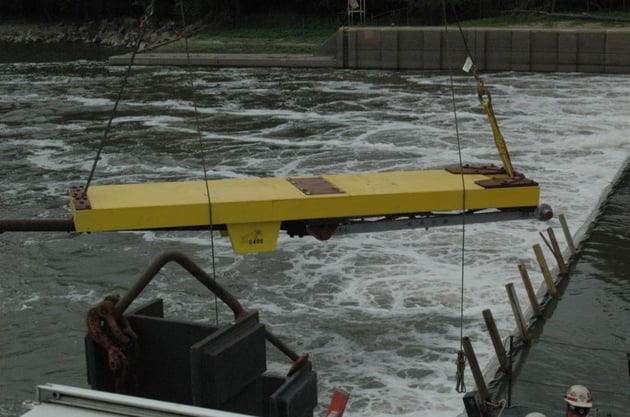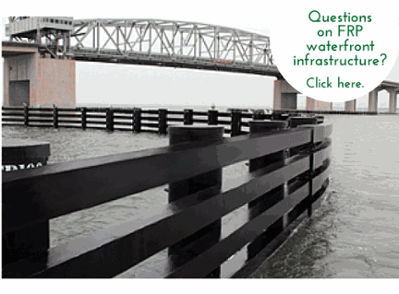
Unless you're a barge operator navigating the nation’s waterways or a member of the U.S. Army Corps of Engineers (USACE) tasked to maintain these routes, you probably don’t know what a wicket is. My first thoughts were one of my favorite Broadway plays or English cricket. Actually - wicket gates are essentially movable dams used to help maintain a navigational pool in a river. The gates are raised during periods of low water.
Locks and dams allow barges to transport the goods we all enjoy on a regular basis. For example, nearly 60 percent of U.S. grain exports travel on the Mississippi River, its tributaries and the Illinois River. America’s inland routes include more than 25,000 miles of navigable waters. These waterways contain some 87,000 locks and dams which are managed by the USACE. Ninety-five percent of the dams managed by Army engineers are more than 30 years old and more than half of these dams have exceeded their 50-year service life. Maintenance is critical. If locks have to shut down, barges don’t move. That’s what happened when heavy flooding damaged the Marseilles Lock and Dam in Illinois, closing the northern stretch to commercial shipping traffic in 2013.
It’s the materials these structures are made of – steel and timber – that are proving a “sticky wicket” for the USACE. Heavy and quickly corroded – these high maintenance structures prompted USACE to look at alternatives - namely Fiber Reinforced Polymer composites. USACE enlisted West Virginia University’s Constructed Facilities Center and Department of Civil & Environmental Engineering to develop and implement FRP for lock and dam structures.
Composite Advantage was tapped to fabricate the FRP wicket gates. They were installed in September 2015 at the Peoria Lock & Dam on the Illinois River at Creve Coeur, Illinois. The gates - 16 feet long, 4 feet wide and 8 inches thick - were tested and found to have equal or better mechanical properties than wood. Superior strength, deflection and corrosion resistance already have USACE calculating the savings it will enjoy from an extended life cycle and zero maintenance. Over a 50-year service life the federal agency estimates a savings of almost $19 million. For those of us who are landlocked, the next time you have a bowl of cereal, take a moment to stop and think about the journey that carried that grain from the farm to your breakfast table, and the technology that made the trip possible.



